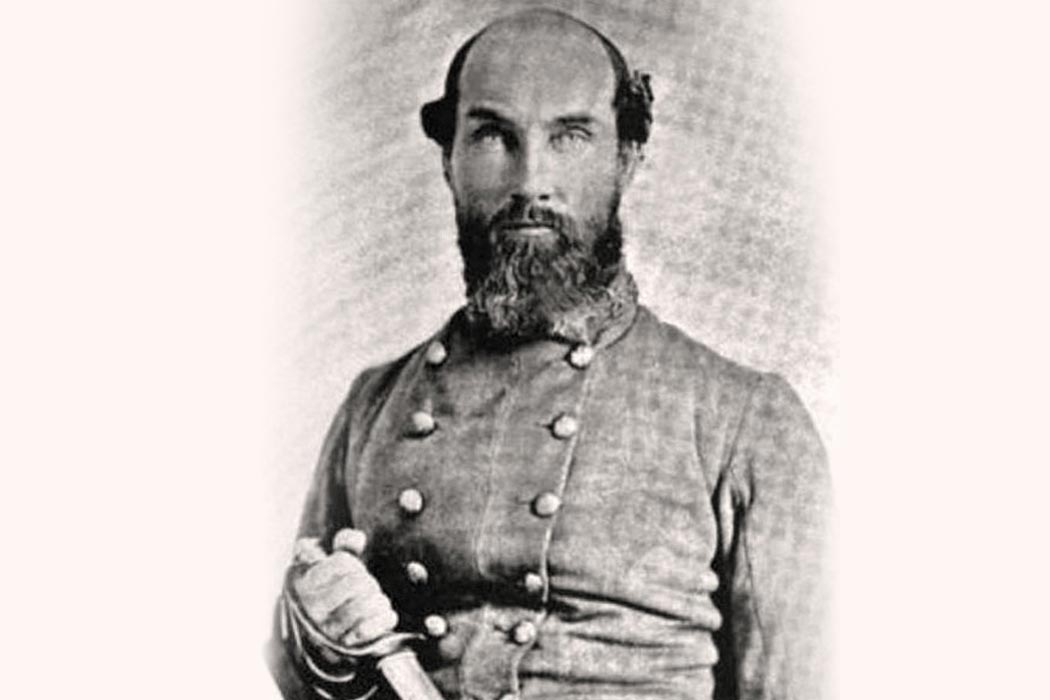In February 1854 John Robert Baylor wrote a letter to his wife Emmy from Austin, where he was serving in the Texas state legislature. He wrote to tell her that he was coming home, and would arrive at the family ranch in Fayette County the next week, either in a stagecoach or on a borrowed mule. Baylor had been thinking about the corn crop they would plant, and the cattle he would buy. He had also been writing poetry.
“Dont [sic] be alarmed,” he reassured Emmy, “I am not going crazy by any means, but the poetry will boil over some times.” She was his muse and he missed her desperately; he concluded the letter by advising her to “be ready to see me for I am coming with a rush when I leave here and will travel day and night untill [sic] I see you.”
I found Baylor’s letter to Emmy in the Baylor Family Papers at the Dolph Briscoe Center for American History at the University of Texas, Austin. I was a bit disappointed to discover that this and the other letters in the collection are negative copies (the writing shows up as white on a black background) and not originals. But this was the first time I had seen John Baylor’s handwriting and the first time I had read any of his personal papers (as opposed to official correspondence). He is an important figure in my new book project; he led the 2nd Texas Mounted Rifles in engagements against Union forces and Apache raiders in New Mexico Territory in 1861 and 1862, and established the Confederate Territory of Arizona in August 1861, appointing himself as governor.
Baylor was also notoriously fractious; he feuded with several colleagues before the war and he shot and killed R.P. Kelly, an editor of the Mesilla (N.M.) Times, in a dispute over an unflattering article about him in December 1861. In the spring of 1862, he almost incited an international incident when he crossed the border into Mexico, chasing down and killing Apaches in the town of Corralitos. Most infamously, he issued an “extermination” order to his troops during the war, directing them to invite Apaches into parlays and then attack and murder them; in response to this Jefferson Davis removed Baylor from command in October 1862.
So I was not sure what to expect when I read through Baylor’s letters. What I did not expect, however, was poetry.
The Baylor collection at the Briscoe is fragmented and incomplete but it contains several letters to his wife (whom he married in 1844) and to his sister Fan. They are full of jokes and endearments and emphatic declarations of love for them, and for his children.
It is often difficult to reconcile such contradictions: how could John Baylor have done such terrible things—chasing down and killing both men and women—and simultaneously be so effusively affectionate in his letters home?
These letters reveal Baylor to be a man of extreme emotions; knowing this helps me to understand and to write about this man, his motivations, and his actions. I am not out to create sympathy for him but I do want to convey that he was not a one-dimensional Civil War villain. Baylor was a complicated person; he was a vicious racist who was also sentimental and romantic. He was a killer who wrote poetry.







